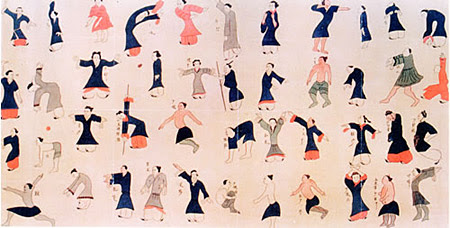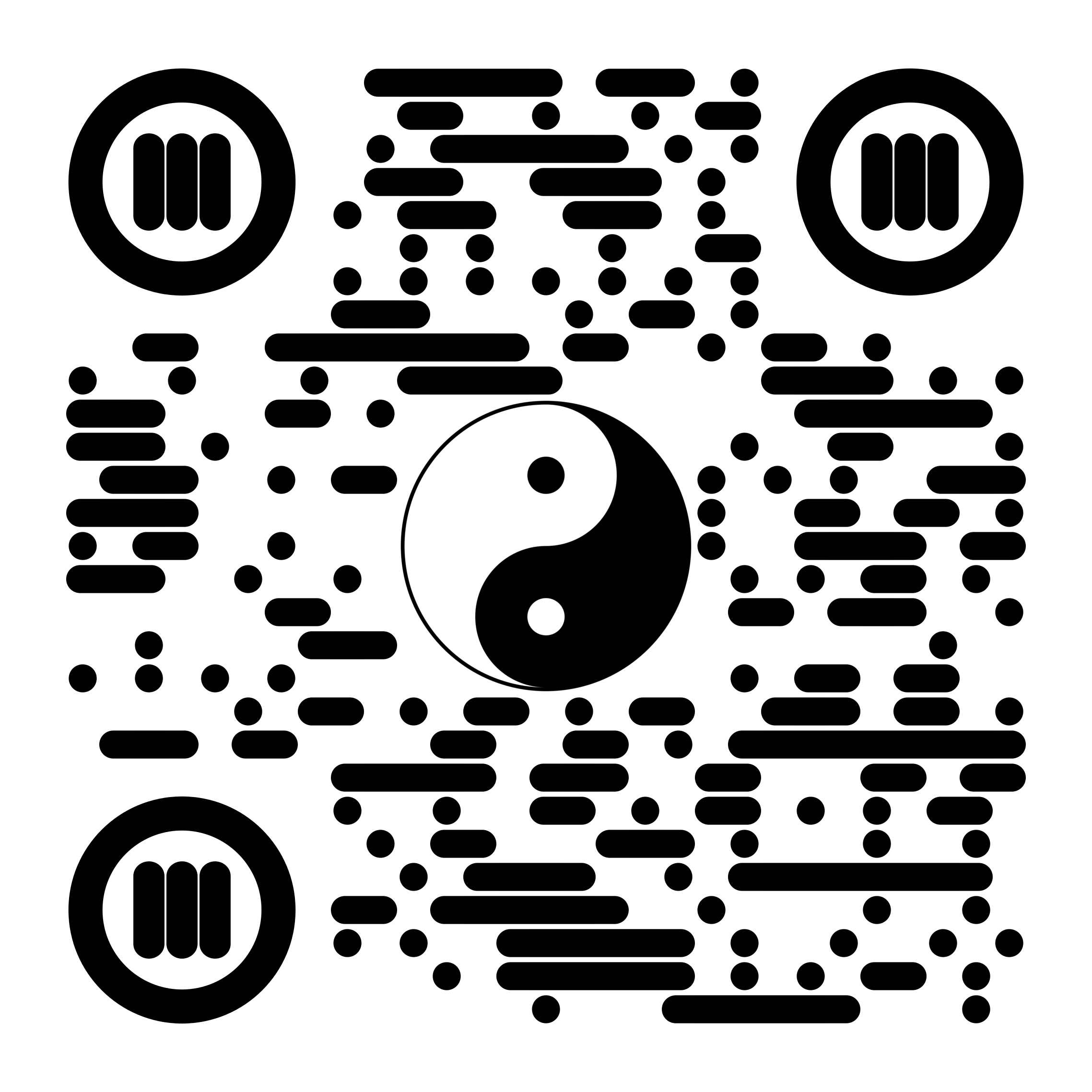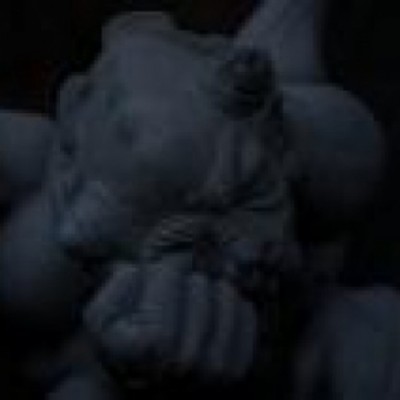
Archaeological evidence suggests that Qigong developed from Shaman practices in central China approximately 7000 years ago. This is seen in pictures on early pottery from about 5000 BC. However, the Chinese often do not distinguish precisely between factual and legendary evidence. So, here we are going to focus principally on the legendary history of Qigong.
This history often begins with the Chinese myth of the Yellow Emperor, who lived from approximately 2700 to 2600 BC. He wrote the first medical classic and taught animal taming Qigong for health. The next reference to Qigong is the doctor Hua Tou who wrote about Five Animal QiGong play for health around 200 BC. Next an important event occurred when Qigong met Mahayana Buddhism. There is here a blending of the Chinese Taoist Qigong tradition and the Indian Mahayana Buddhist tradition. It is the birth of Zen/chan.
So let’s turn now to the birth of Zen (Chinese Chan) Qigong at the Shaolin Temple in China. The integration of Taoist Qigong and Buddhist mindfulness occurred at around 527 AD. This happened, according to legend, at the Shaolin Temple in China, where Bodhidharma, also called Ta-Mo, came to China from India. When he arrived at the Shaolin Temple in China, he found the monks were in poor health from sitting excessively. They sat for long periods in meditation and also while translating Buddhist texts from Sanskrit into Chinese. Ta-Mo sought a remedy to help these monks. To do this, Ta-Mo integrated Buddhist mindfulness and Taoist Qigong and self-defense exercises. This allowed the monks to meditate, to exercise, and to learn to defend themselves against robbers, all at the same time. This gave birth to Zen/Chan and also to much of the Chinese martial arts.
Legend has it that at some time during the 13th century, a Taoist monk named Chang San-Seng came to study at the Shaolin Temple. After he studied at the temple, he went back to live at a mountain Taoist retreat. Here, he had an enlightening experience while watching a crane and a snake fight. The crane was very yang, while the snake was very yin. From this new insight, it is said he came up with a new development in Qigong. This new development is today called Tai Chi Chuan. Tai Chi Chuan Qigong is different from the Shaolin practices, although it developed out of the Shaolin temple exercises. It was, however, innovative. Chang San-Seng used stillness and yielding in order to control an opponent and to promote health by balancing and harmonizing yin and yang. Tai Chi Qigong used yielding in order to overcome the unyielding. It is an excellent example of Taoist Qigong yin-yang practice. This practice is often called Wu-Wei in China. It means doing by not doing. It is like pulling against someone with a rope, they are attached to the other side and are pulling against you. When you let go of the rope, they fall down. So, this is an example of Wu-Wei. This has led to the development of the esoteric or inner school of mindful QiGong martial arts.
Next, let’s look at what happened to the development of Tai Chi Qigong in China. It appears that there was a synthetic and continuous cultural development of Qigong in China, actually until today. Today, there are hundreds of different Qigong exercises. But for hundreds of years, Tai Chi Chuan Qigong was kept secret by the Chen family in China. That was until a member of the Yang family, Yang Lu-Tuan, was taught Tai Chi Chuan Qigong by the Chen family. Prior to this, only the Chen village family members from Henan Province were taught this meditative internal martial art. The Chen family had kept Tai Chi Chuan Qigong secret for several hundred years.
The legendary story about how this was passed to the Yang family is as follows: Yang Lu-Taun observed the Chen family practicing their art through a hole in their fence. The Chen family had been very careful to only practice behind a fence in order to keep their art a secret. When Yang Lu Ta-Un was discovered by the Chen family, the Chen family was so impressed with his remarkable ability, they agreed to formally teach him as a student. This was the first time they had accepted anyone outside their family in hundreds of years.
The Yang family from here went on to define and develop Tai Chi Chuan Qigong and eventually shared it with the world. The Yang family is still publicly teaching Tai Chi Qigong to this day. Yang Lu Taun lived from 1799 until 1872 when he taught Tai Chi Qigong in Beijing, where he was called “Yang the Invincible.” One of the stories about Yang clearly demonstrates his legendary ability. The story goes that one day Yang Lu Taun was walking near a river. Two martial artists had heard of his remarkable competence in martial arts. They planned to test him by attacking him from the rear in a surprise attack. Master Yang sensed their attack and slightly inclined his body forward. Then he straightened up his body. The two attackers were thrown into the river. He certainly deserved his nickname, Yang the Invincible.
Yang Lu-Taun had three sons and taught them all Tai Chi Qigong. His eldest surviving son, Yang Pan-Ho, was reputed to have been a very mean person. One day, Yang Pan-Ho was napping in the yard waiting for dinner. When a servant touched him to awaken him for dinner Yang, without waking, kicked the poor man onto the roof!
Yang Lu Ta-Un’s firstborn son died early from that plague of youth, suicide. We still deal with this today. His youngest son, however, Yang Chien-You who lived from 1839 until 1917 taught the Tai Chi Qigong art to his son, Yang Chen Fu. Yang Chen Fu has popularized the art, and it is taught and practiced all over the world.
So in China today, there are hundreds of different Qigong exercises systems. This includes meditative, health, and martial exercises. Some of these exercises are Ta-Mo’s exercises, which founded Zen, there is also the eight pieces of brocade, as well as Tai Chi Chuan and Bagua Chang. Now there is a cornucopia of exercise systems promoting health through meditation and exercise the world over.
This is a brief history, but I hope it illustrates the legendary development of Qigong in China. Be well!!
Rick J. Krause

 Collected works and current thoughts
Collected works and current thoughts
